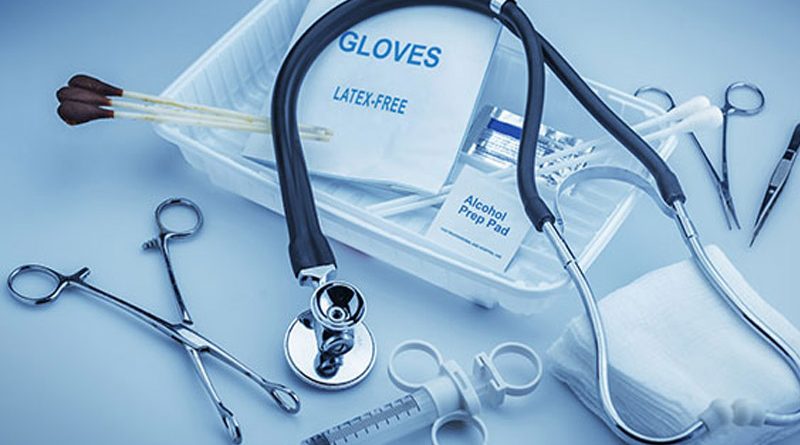Innovations in Medical Supply Manufacturing for Better Quality
The medical supply industry is crucial for ensuring the health and safety of patients worldwide. Innovations in this field not only aim to enhance the Top quality medical supply and efficiency of medical products but also strive to meet the ever-increasing standards of healthcare provision. For elderly individuals, understanding these advancements can provide peace of mind regarding the reliability and safety of the medical supplies they depend on. This article explores the latest trends and technologies driving the improvement of (top) quality medical supply manufacturing.
Advanced Materials in Medical Manufacturing
One of the significant innovations in medical supply manufacturing is the development and use of advanced materials. Manufacturers are now using biocompatible materials that not only perform better but also reduce the risk of rejection and allergic reactions in patients. For example, silicone rubber, which is flexible and durable, is increasingly used in the creation of catheters and other implantable devices. These advancements ensure that medical supplies are safer and more comfortable for patients.
3D Printing Technology
3D printing technology has revolutionized many industries, including medical supply manufacturing. It allows for rapid prototyping and production of complex medical devices tailored to individual patients’ needs. From prosthetics to surgical tools, 3D printing offers unprecedented customization in medical supplies, ensuring better patient outcomes and enhanced functionality. For the elderly, this means access to custom-fit devices that enhance comfort and effectiveness.
Automation in Production Lines
Automation has significantly impacted the efficiency and quality of medical supply manufacturing. Automated production lines use robots and computer-controlled systems to perform tasks with high precision and minimal human error. This shift not only speeds up the manufacturing process but also ensures consistent product quality, which is crucial in medical applications where every detail matters.
Enhanced Quality Control Techniques
As the demand for higher standards in medical supply manufacturing grows, so does the need for better quality control. Modern factories now employ sophisticated quality control techniques involving digital imaging and laser scanning to inspect products more thoroughly. These technologies allow for early detection of potential defects, ensuring that only the highest-quality supplies reach consumers.
Sustainability in Medical Supply Manufacturing
Sustainability is increasingly becoming a priority in medical supply manufacturing. Innovations such as recyclable materials and energy-efficient production processes are being implemented to reduce the environmental impact of manufacturing medical supplies. For elderly patients concerned about environmental sustainability, these changes are reassuring and align with a broader commitment to ecological responsibility.
Traceability and Regulation Compliance
Traceability has become a critical aspect of medical supply manufacturing. Advanced tracking systems, including the use of RFID tags and blockchain technology, help ensure that every item can be traced back to its source. This not only helps in managing recalls efficiently but also aids manufacturers in complying with stringent regulatory standards. For the elderly, the assurance that the products they use meet all regulatory requirements is essential for trust and safety.
Innovation in Packaging
Packaging innovations are also playing a crucial role in medical supply manufacturing. New packaging solutions are designed to maintain sterility, extend shelf life, and ensure safe transportation. Smart packaging that includes sensors to monitor conditions such as temperature and humidity is becoming more common, which is particularly important for products like vaccines that require controlled environments.
Telemedicine and Home Care Supplies
With the rise of telemedicine, there is a growing need for medical supplies that support home care, especially for the elderly. Innovations in this area include portable diagnostic devices and user-friendly medical equipment that patients can use at home. These developments not only provide convenience but also empower elderly patients to take control of their health with reliable, easy-to-use supplies.
Conclusion
The future of medical supply manufacturing holds promising prospects for better quality, efficiency, and customization. For elderly individuals, the ongoing advancements mean better access to safe and effective medical supplies that can significantly improve their quality of life. As technology continues to evolve, the medical supply industry is set to offer even more innovative solutions that cater to the diverse needs of patients globally, ensuring everyone has access to the best possible healthcare tools.

